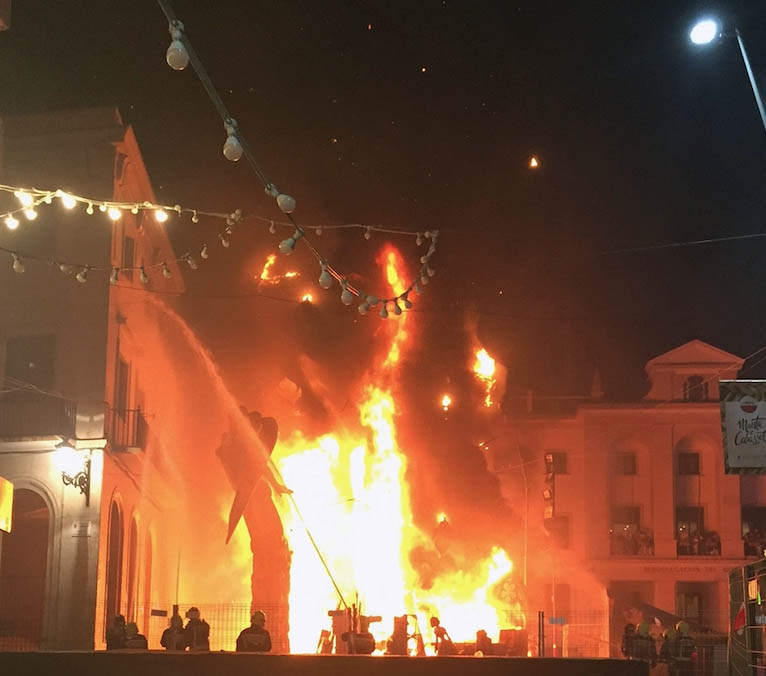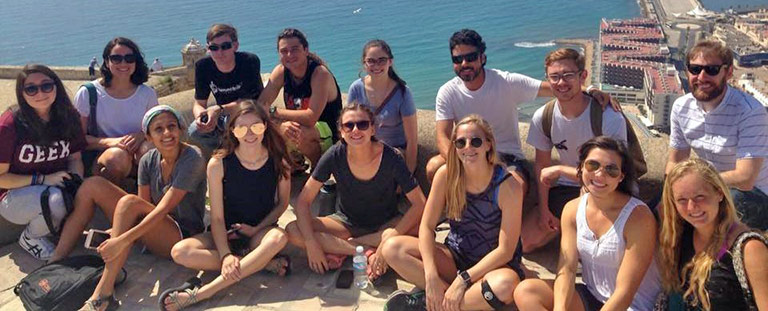Student Reports: Study Abroad in Spain, 2017
11 UT students spent five weeks this summer in Alicante, Spain, taking two upper-division Spanish classes (one literature and one culture). Alicante is a great coastal city in the southeast of Spain. Two of these students, who are majoring in engineering, have enjoyed this once-in-a-lifetime experience so much that they want to tell y’all a little bit about it.
Brent Hurst
Studying abroad in Alicante, Spain, was one of the best experiences of my life. I’d never been outside the United States before, so the opportunity to see and experience so many new things is something that I’ll never forget. The homestay setting was unbelievable; getting to actually live with a Spanish family, talk to them about their culture, and be a part of their family for a few weeks really made the experience sink in that much more. And since we had class for three hours every morning, we had plenty of time to go experience Alicante for the rest of the day.
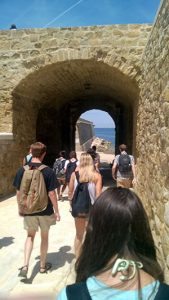
The program that UT conducts this study abroad through (CEA) set up excursions and cultural activities for us almost every weekend, and sometimes during the week, too. On one excursion to Tabarca Island, about eight miles off the coast of Alicante, we took a tour around the entirety of the island, swam in some of the clearest water in Spain, and saw many historical buildings, walls, and archways.
For another activity, CEA planned a cooking lesson where we made tapas, a type of appetizer or snack typical of Spain, in a local restaurant. We also travelled to Valencia, the third largest city in Spain, to see a huge market in the city, take a tour of a Catholic church (la Iglesia de los Santos Juanes) that was more than 700 years old, and explore the city. UT and CEA made sure that even though we were only in Spain five weeks, we got to truly experience as many facets of the culture as possible. This program has given me valuable life experience and cultural experience. I’m very thankful for such an amazing opportunity.
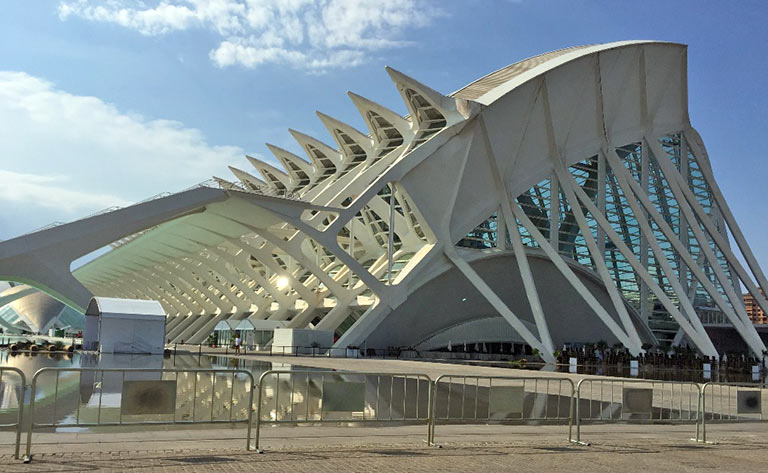
Kelsey Veca
UT’s Spanish department takes this trip every year, and it’s planned to coincide with the biggest festival in Alicante: Las Hogueras de San Juan, or The Bonfires of St. John. The festival is a surreal experience. Each district of the city commissions a huge (like usually taller than the surrounding buildings) wooden statue. The week leading up to the festival, about 90 of these colorful monuments are erected, scattered throughout the city, blocking the streets and plazas. The people of Alicante enjoy the festivities that entire week before, spending time with friends and family, with loud music in the streets every night until about 4:30 in the morning.
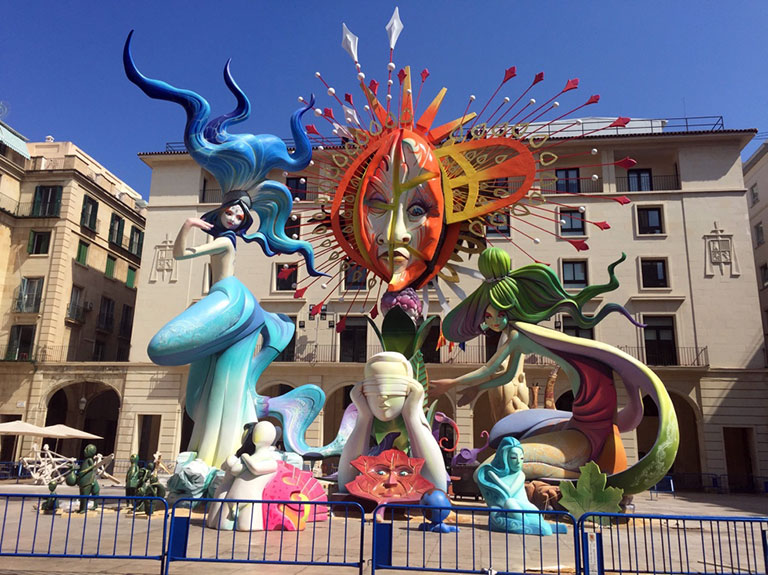
On St. John’s Night, all the sculptures are burned where they are in the streets, creating massive bonfires. The bonfires, equipped with fireworks and monitored by the city’s firemen, are lit one or two at a time (as quickly as the firemen can put out the fire and move through the crowds to the next one). Once each bonfire is under control, the firemen often turn their hoses on the spectators, drenching the cheering crowd. This festivity lasts most of the night, and ends with the burning of the favorite statue (as voted on by the citizens on Alicante). Finally, to end the entire festival, there are fireworks every night for the next week. All in all, Las Hogueras are an unforgettable experience.
